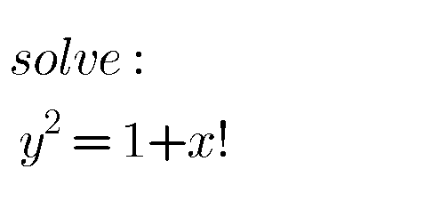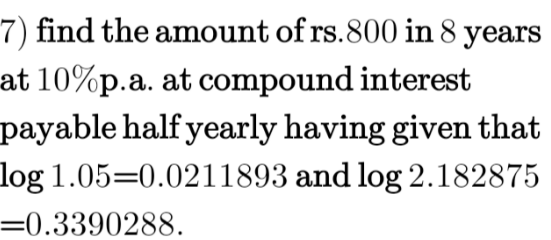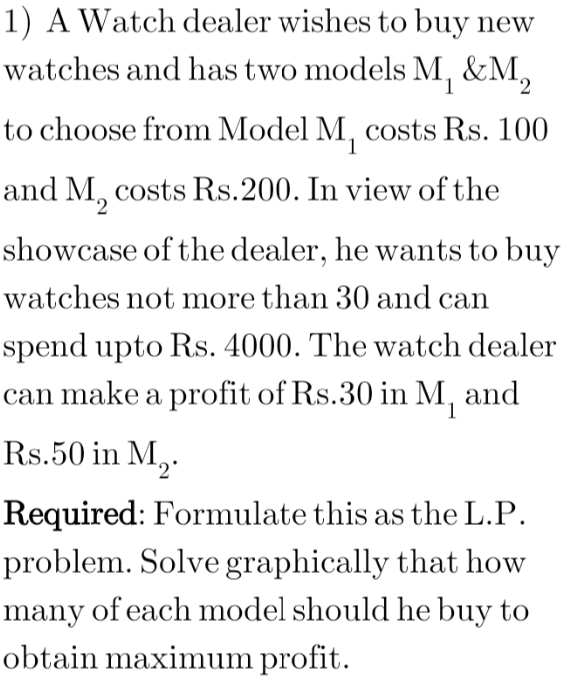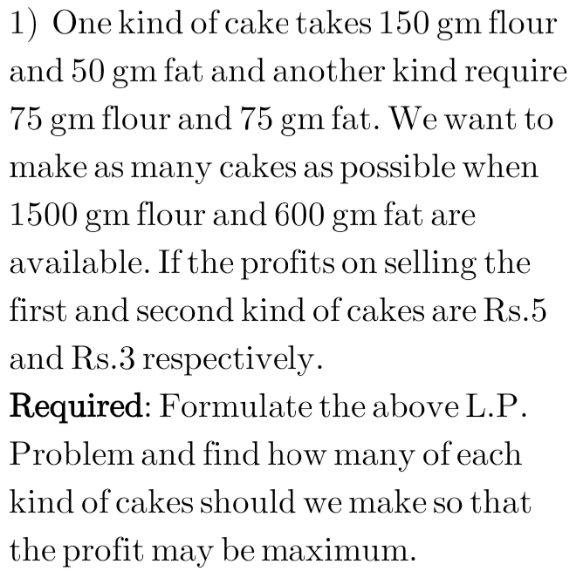
OthersQuestion and Answers: Page 58
Question Number 116480 Answers: 1 Comments: 0
Question Number 116443 Answers: 0 Comments: 0

Question Number 116348 Answers: 1 Comments: 2
Question Number 115732 Answers: 0 Comments: 1

Question Number 115696 Answers: 0 Comments: 4
Question Number 115632 Answers: 1 Comments: 6

Question Number 115487 Answers: 0 Comments: 3

Question Number 115298 Answers: 1 Comments: 2
Question Number 115285 Answers: 0 Comments: 0
Question Number 115237 Answers: 2 Comments: 0

Question Number 115117 Answers: 1 Comments: 0
Question Number 114682 Answers: 1 Comments: 0

Question Number 114615 Answers: 1 Comments: 0

Question Number 114561 Answers: 1 Comments: 0

Question Number 114433 Answers: 1 Comments: 0
Question Number 114343 Answers: 0 Comments: 4
Question Number 114032 Answers: 0 Comments: 0

Question Number 113897 Answers: 1 Comments: 0

Question Number 113756 Answers: 2 Comments: 1
$$\int_{\mathrm{0}} ^{\mathrm{1}} \frac{{log}\left({x}+\mathrm{1}\right)}{{x}}{dx} \\ $$
Question Number 113637 Answers: 0 Comments: 0
Question Number 113499 Answers: 0 Comments: 0

Question Number 113490 Answers: 0 Comments: 1

Question Number 113456 Answers: 0 Comments: 0

Question Number 113455 Answers: 1 Comments: 1

Question Number 113354 Answers: 0 Comments: 3
Question Number 113336 Answers: 0 Comments: 0
